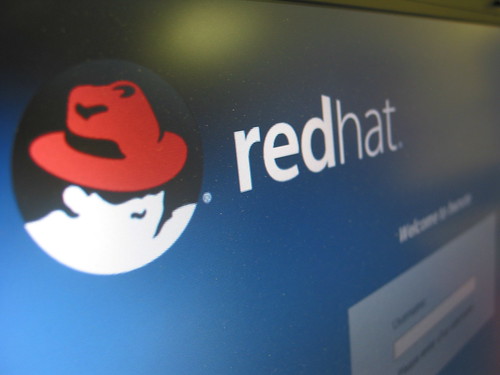This is a follow-up to my recent post “MostSliced.com summary – picking PSD slicing company“.
Once the choices for the PSD slicing service were established, I did the next step – actual order. I started from the top of my list, which happened to be xHTML Master. I sent them the order through the form on their web site and got a pretty fast response apologizing for the fact that they were too busy to undertake my order. No problem. Good that they notified me in a timely manner. So, I went to the next choice – PSD Slicing. Again, submitted the design and went into the waiting mode.
Pretty soon I received an email letting me know that the order is OK and that they can start on Monday (next working day) and finish it by Wednesday (two pages, with one of them being a rather complex design). The timing was well within my limits. I sent them 50% of the down-payment and started waiting again. Today, on Tuesday, around lunch time, I got my order back, fully done and finished.
First of all, of course, I was a bit surprised with the speed. I thought it would take them more. When I checked the results I was even more surprised. In short: outstanding job! The images were cut properly, some in PNG, some in GIF, some in JPG – properly chosen each time. The xHTML was small and clean, validated perfectly with XHTML 1.0 Strict (not even Transitional!). DIVs, proper CSS, nicely indented. CSS was also done nicely – small, simple, and straight-forward. Fully valid. Also, the whole codebase is pretty semantic and, as a bonus, validates with web accessibility standard (Section 508). To say that I was really impressed with the result was to say nothing at all. I was stunned for a few minutes. It’s been a really long time since I saw anything so beautiful.
It was so good that I couldn’t believe it. So I thought maybe it will break in one of the major browsers. Then my attention was caught by something else in that email message that they sent me. It was a link to BrowserShots.org , which is the web service that can show you how your web site looks in a whole lot of browsers. PSD Slicing provided me with the link to the screenshots of their results in all major browsers that I cared about!
After checking that code back and forth, the only suggestion I could come up with is … comments. They aren’t required or anything, since the whole CSS and xHTML files are very small (something around 6-10 KBytes), but still it would have been nice to have some comments, especially in CSS.
Am I satisfied with their service? You bet I am. Will I ever recommend it? Yes, of course. I’m doing it already. Is it worth the money (around $120/page)? Yes! [insert more questions here and answer them “yes”]
